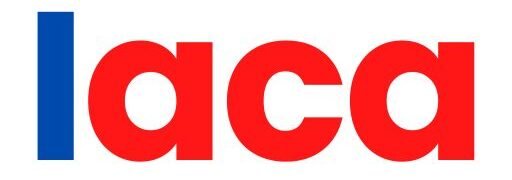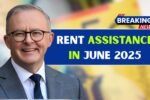The idea of Universal Basic Income (UBI) has become popular in the United States with an explanation for being an answer to economic inequality and financial insecurity.
While now there is no UBI program at the national level giving citizens on a monthly basis $1,000, yet various states and cities in the United States have begun programs designated as guaranteed basic income (GBI), which give unconditional cash payments to selected groups. This article presents the details of these programs, including the eligibility criteria to join, method of application, and the schedule of payments.
Understanding Universal Basic Income
Universal Basic Income (UBI) is a proposal for a policy whereby all citizens receive a regular, unconditional sum of money from the government, irrespective of employment status or any income level.
The rationales behind this proposal are securing basic financial stability, fighting poverty, and adjusting to possible economic transitions that can arise, like automation. Although at present, there is no federal UBI program in the U.S., many local initiatives have run experiments following somewhat analogous designs.
Guaranteed Basic Income Programs Available in the U.S.A.
In March 2025, there were 16 states and Washington D.C. with operational guaranteed basic income (GBI) programs. Some of those programs give unrestricted cash to the residents, who can spend the money in whatever way they wish. Payment amounts vary from $50 to $2,000 monthly for a wide variety of target groups including low-income persons, expectant mothers, families with children, and homeless.
Noteworthy Programs
- Los Angeles, California – The Breathe Program: Beginning with 1,000 participants receiving $1,000 per month for three years, the program expanded to an additional 2,000 residents receiving $500 per month for 18 months for a targeted population of foster youth ages 18-21.
- Denver, Colorado – Denver Basic Income Project: Launched in November 2022, the program offered a number of different payment structures for 800 unhoused individuals-$1,000 per month for a year, $6,500 upfront followed by $500 per month, and $50 per month.
- New York-Rochester: A year-long pilot program sponsored by the city gave $500 payments monthly to 351 residents living at or below 185% of the federal poverty level.
- Alaska – Permanent Fund Dividend: Annually since 1982, Alaska has paid citizens dividends derived from income earned from mineral royalties. The amount paid in 2022 was $3,284.
Eligibility Criteria
Eligibility varies by program but usually includes:
- Residency: Applicants must be residents of the city or area within which the program is operating.
- Income Level: Many programs focus on people or families below a certain level of the federal poverty level.
- Specific Demographics: Some programs target a specific category of applicants, including expectant mothers, youth moving out of foster care, and people experiencing homelessness.
For example, this Contra Costa County program in California proposes to benefit around 250 eligible extremely low-income residents through $1,000 monthly payments for 18 months. The targeted beneficiaries will include people who are not on any other assistance program, youth leaving foster care, unhoused or unstably housed individuals, returning citizens, and families with young children.
Application Process
Application for GBI programmes is normally through these processes:
- Accessing the Application: Accessing the application typically occurs off the administering city or county’s official website.
- Completing the Form: Enter the appropriate personal information; residence address and household income should be verified.
- There you attach the necessary documents, including identity card and proof of income and residence.
- Await Notification: Once you have submitted your application, you are informed about your approval status together with the next steps.
- The other fact is that many of these programmes may not have many slots and, in some, may use a lottery system selection process.
Payment Schedules
Different programs offer different payment schedules, for example:
- Monthly Wins: Under an annual contract for 12 or 24 months, the majority of programs offer monthly disbursements.
- Start Dates: Each program has its own start dates, like Breathe, which started in June 2022 in Los Angeles and is expected to run until August 2025.
- Payment Methods: Payments will usually be directly deposited into recipients’ bank accounts or prepaid debit cards.
Impacts of GBI Programs
Research and interviews have shown that GBI programs do mitigate financial stress for recipients as they manage to cover everyone’s need in housing, food, child care, and health care. For example, recipients of various programs reported that they used funds for basics, secured budget flexibility, and improved their overall standard of living.
Problems and Criticism of the Program
Their benefits notwithstanding, GBI programs face considerable political opposition and criticism. Some lawmakers argue that such schemes amount to a disincentive to work and are not financially sustainable. For example, such programs have been decried as being socialist by Republican lawmakers, who tout fears of disincentives to work.
Conclusion
At present, a nationwide $1,000 UBI program is not on offer in the USA, but a number of local GBI initiatives do provide an essential cushion for a defined population. Eligibility, application procedures, and payout dates vary program by program, meaning that interested folks should contact local government resources for the most accurate information. The evolution of these programs sheds light on the prospective advantages as well as the potential challenges of administering broader UBI policies in the years to come.




